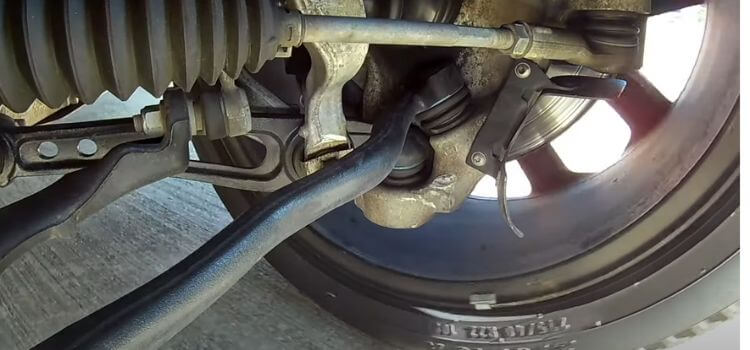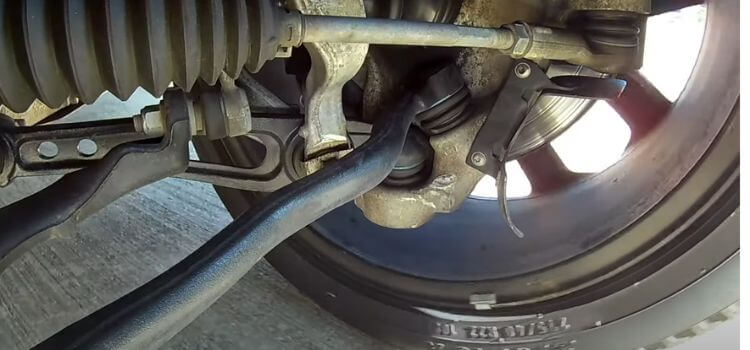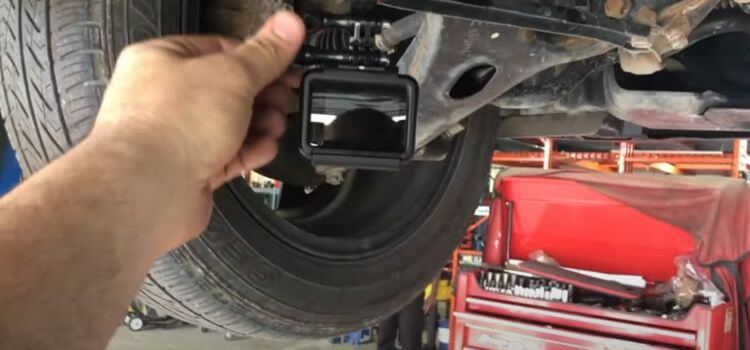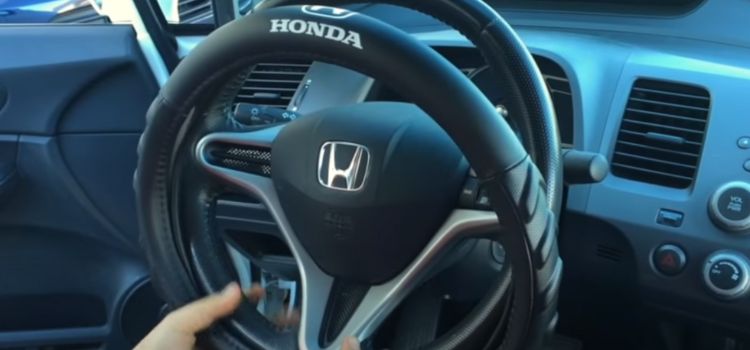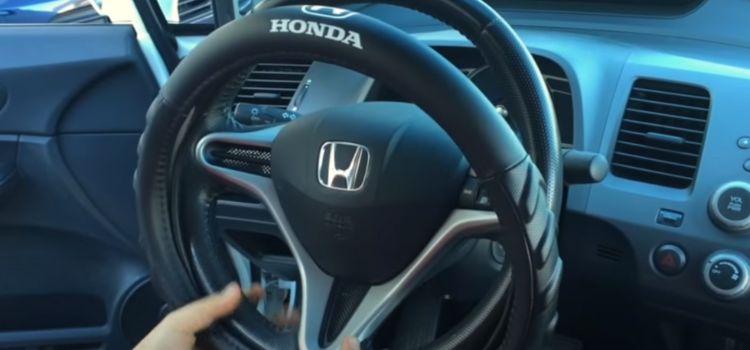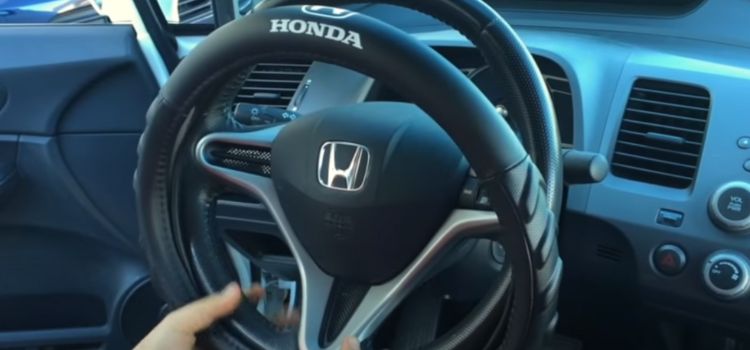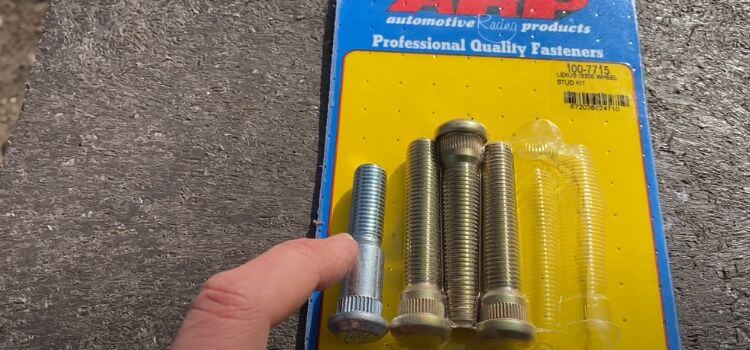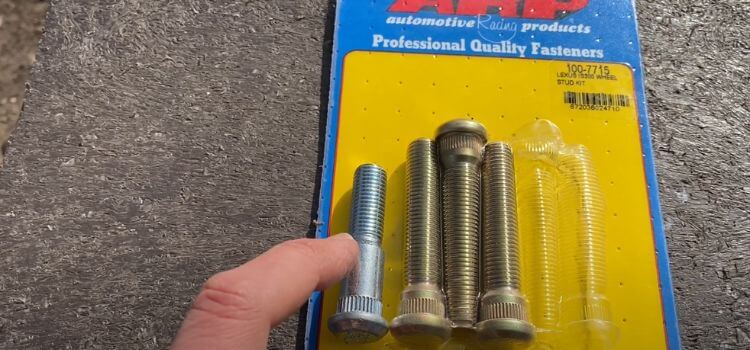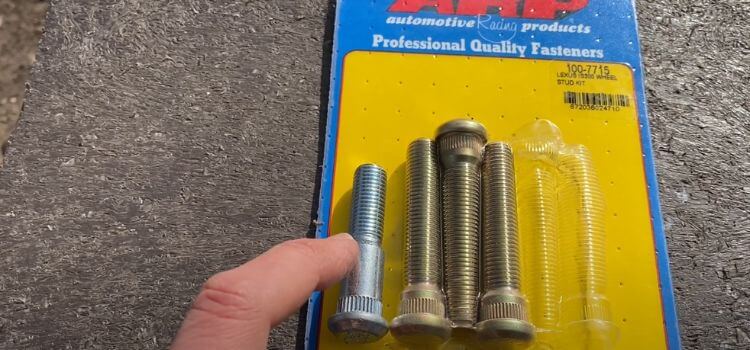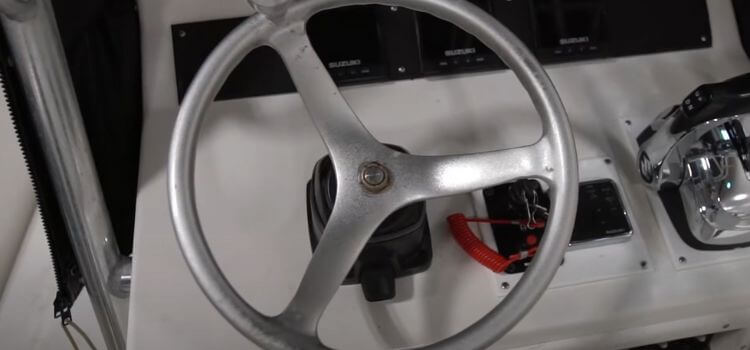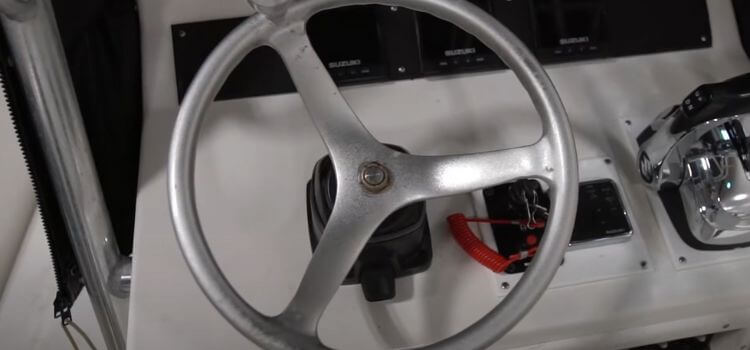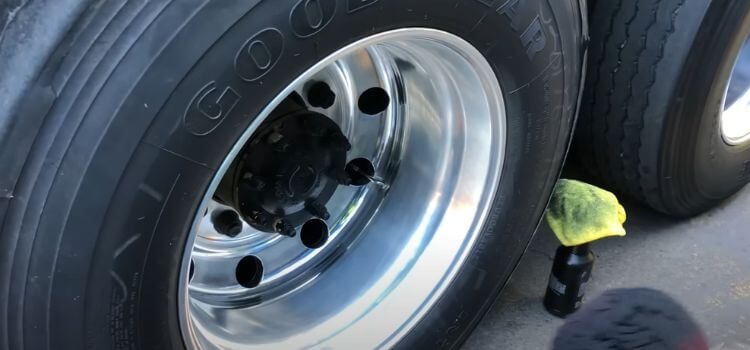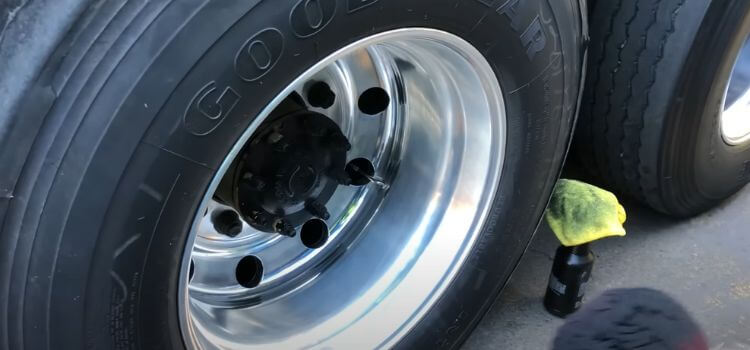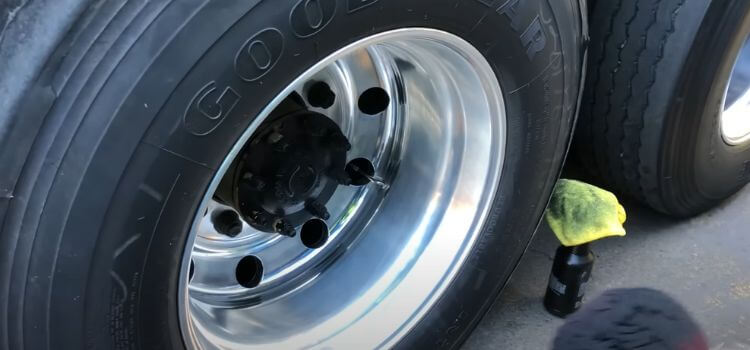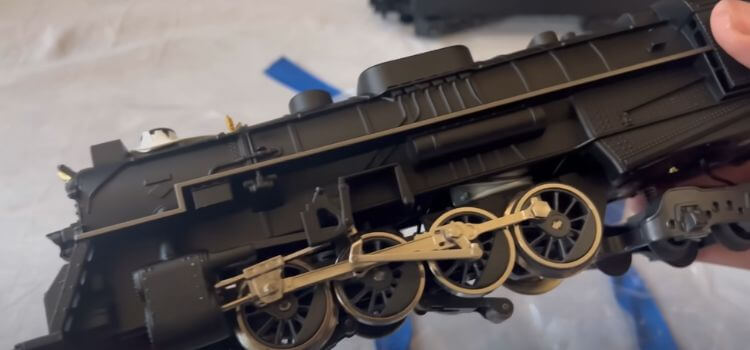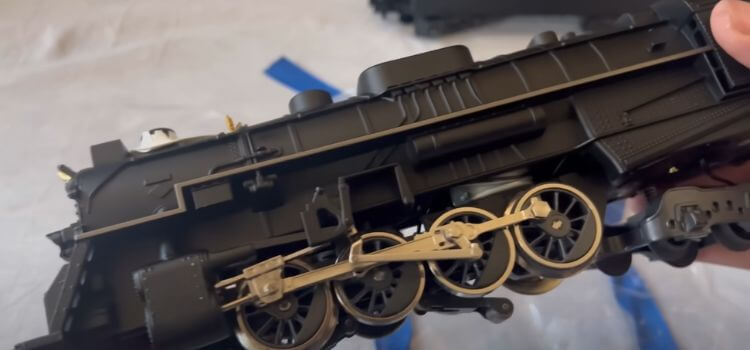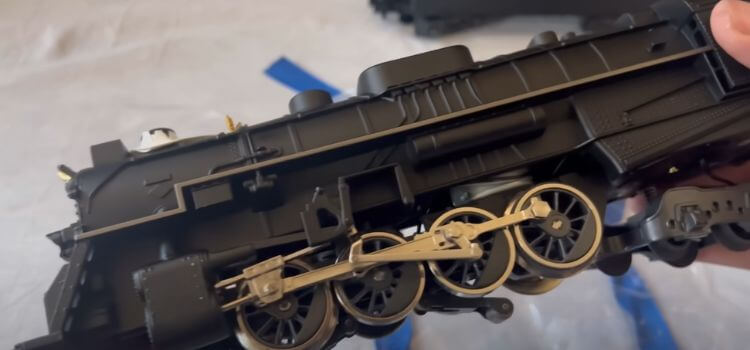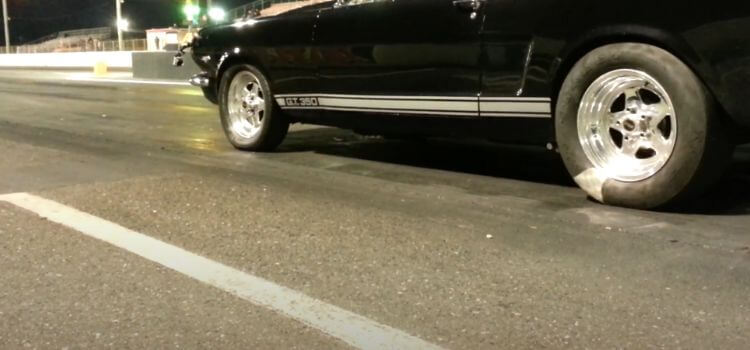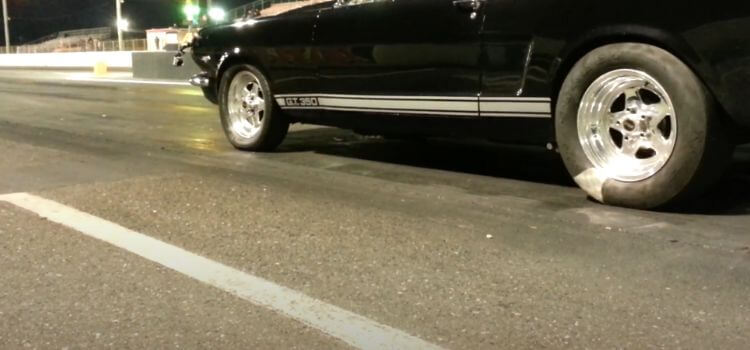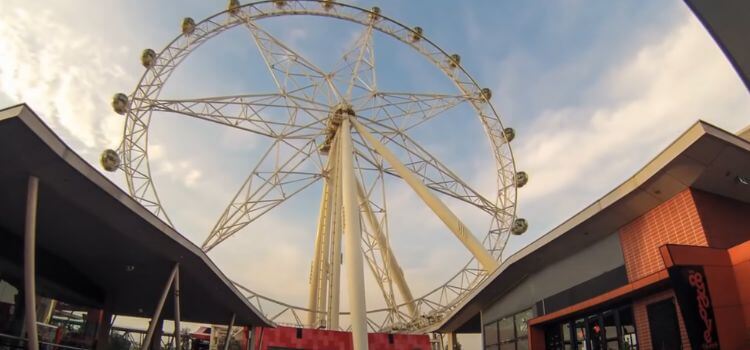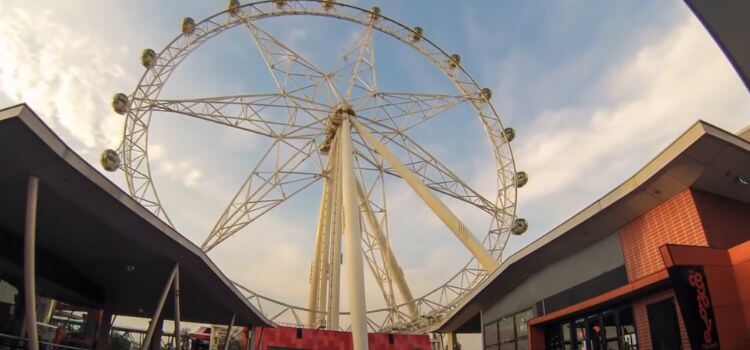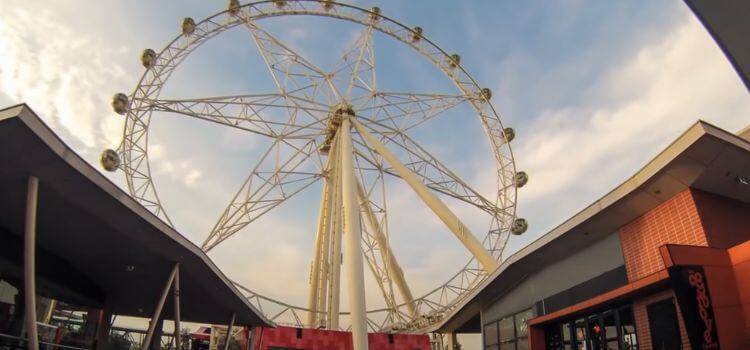Three-piece wheels are a type of wheel construction that consists of three main components: the center disk, the outer rim, and the inner barrel. These wheels are known for their customizable options and high-performance capabilities. They are often used in the automotive and racing industries due to their strength and lightweight design. Understanding the construction and benefits of three-piece wheels can help you make informed decisions when it comes to upgrading your vehicle’s wheels.

Introduction to 3 piece wheels
Three piece wheels are a type of wheel that is made up of three separate pieces – the center, the inner barrel, and the outer barrel. These wheels are known for their customizable options, as the separate pieces can be mixed and matched to create a unique look. The three piece construction also allows for easy repairs and customization, making them a popular choice for those looking for a customized and high-performance wheel option.
The construction and design of 3 piece wheels
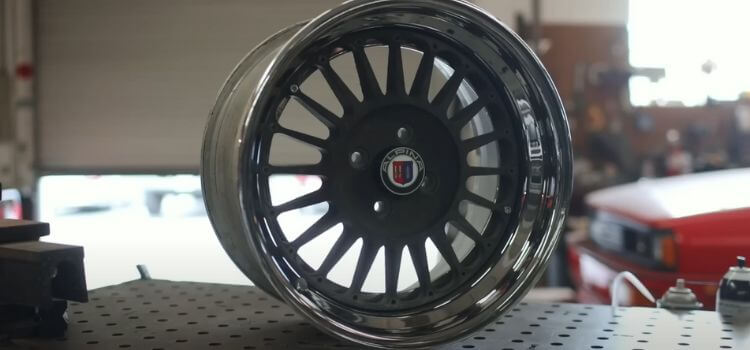
Three-piece wheels are a type of wheel that is made up of three main components: the center disk, the outer rim, and the inner barrel. The design allows for customization and flexibility in terms of width, offset, and overall look of the wheel. These wheels are popular in the automotive aftermarket industry and are often used in performance and luxury vehicles. The construction and design of three-piece wheels allow for easy customization and are often associated with high-end, premium vehicles.
Advantages and disadvantages of 3 piece wheels
Three-piece wheels are a type of wheel that is made up of three separate parts – the center disc, the outer barrel, and the inner barrel. The advantages of three-piece wheels include the ability to change the offset and width, making them ideal for customized fitment and performance. They also tend to be lighter in weight compared to one-piece wheels, which can improve handling and performance. However, the three-piece design can also be more susceptible to leaks and require more maintenance. Additionally, they are often more expensive than one-piece wheels. Overall, three-piece wheels offer more flexibility and customization options, but they may also require more maintenance and come with a higher price tag.
Popular uses and applications of 3 piece wheels

3 piece wheels are a type of wheel that is made up of three separate components – the center disc, the inner barrel, and the outer lip. These wheels are popular in the automotive and aftermarket industries for their customizable options and ability to be tailored to specific vehicle needs. They are often used in high-performance vehicles, luxury cars, and custom builds due to their ability to be customized in terms of size, offset, and finish. Additionally, 3 piece wheels are known for their strength and durability, making them a popular choice for car enthusiasts and performance-driven individuals. Overall, 3 piece wheels have a wide range of applications in the automotive world and are a popular choice for those looking for both style and performance.
Maintenance and care for 3 piece wheels
Three-piece wheels are a type of wheel that consists of three main parts: the outer rim, inner rim, and center disc. They are often used in high-performance vehicles and can be customized in terms of size, color, and finish. It is important to properly maintain and care for three-piece wheels to ensure their longevity and performance. This includes regularly cleaning and polishing the wheels, inspecting for damage or wear, and properly torquing the bolts to the manufacturer’s specifications. By taking care of your three-piece wheels, you can ensure that they continue to provide optimal performance and aesthetics for your vehicle.
FAQ
3 piece wheels are a type of wheel that is made up of three separate parts: the center disc, the outer barrel, and the inner barrel. This design allows for customization of the wheel’s width and offset.
Yes, 3 piece wheels tend to be more expensive than one-piece or two-piece wheels due to the added customization and flexibility they offer. However, many enthusiasts find the investment worth it for the ability to create a truly unique and personalized look for their vehicle.
Three-piece wheels offer greater flexibility in customization, allowing for a perfect fitment on a wide range of vehicles. They also provide better performance and handling due to their lighter weight and stronger construction.
Conclusion
3 piece wheels are a type of wheel that is made up of three separate components: the outer rim, the inner barrel, and the center disc. These wheels are popular in the automotive aftermarket industry because they allow for customization and are known for their strength and durability. If you’re interested in upgrading your car’s wheels, 3 piece wheels may be a great option to consider.
